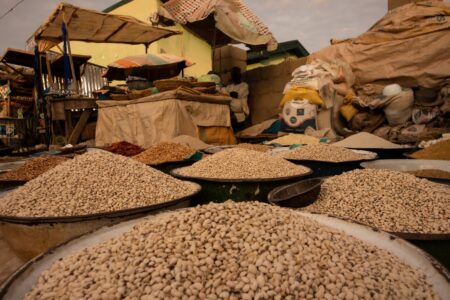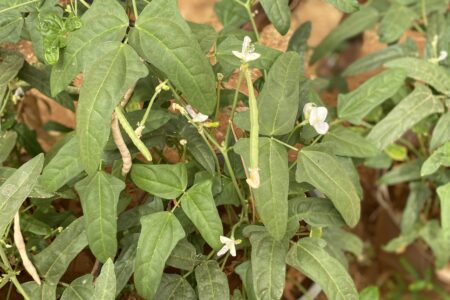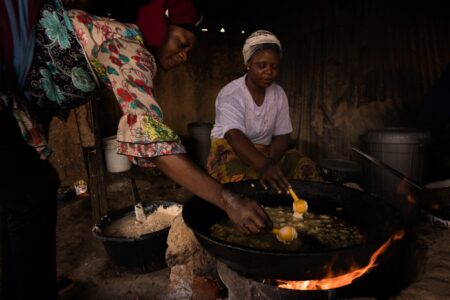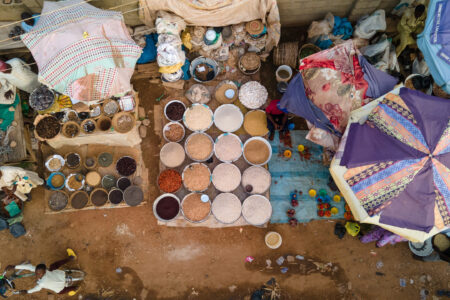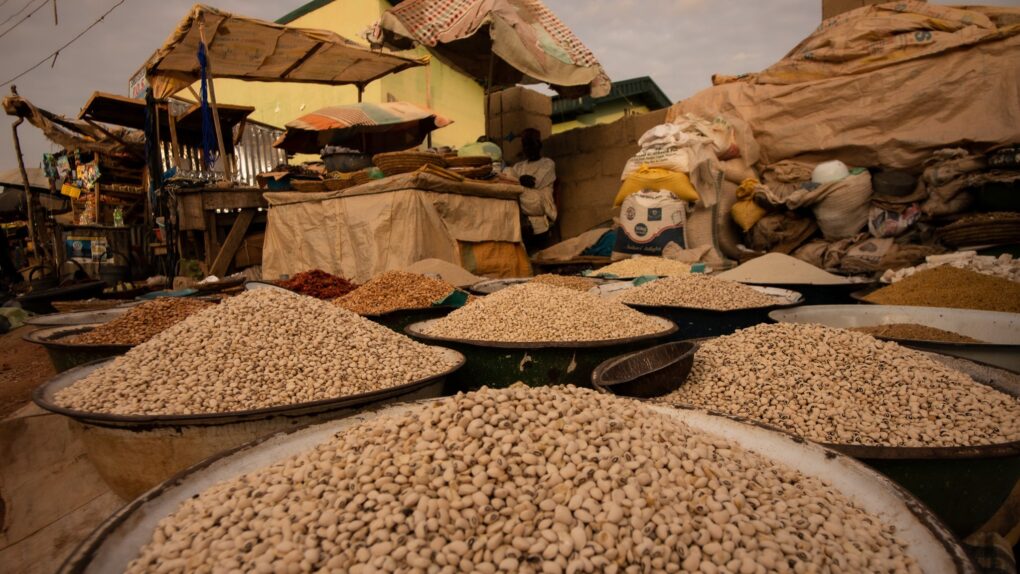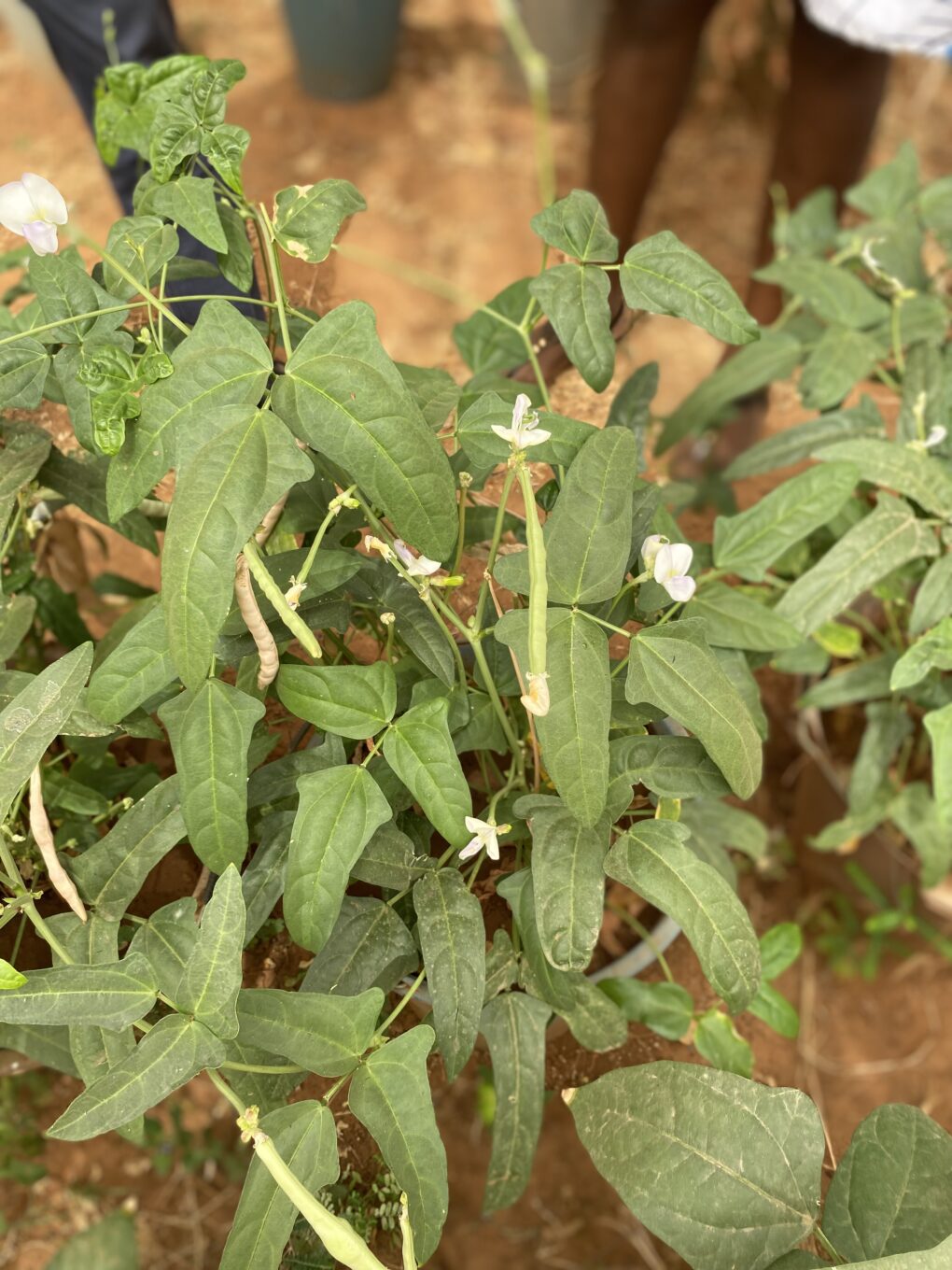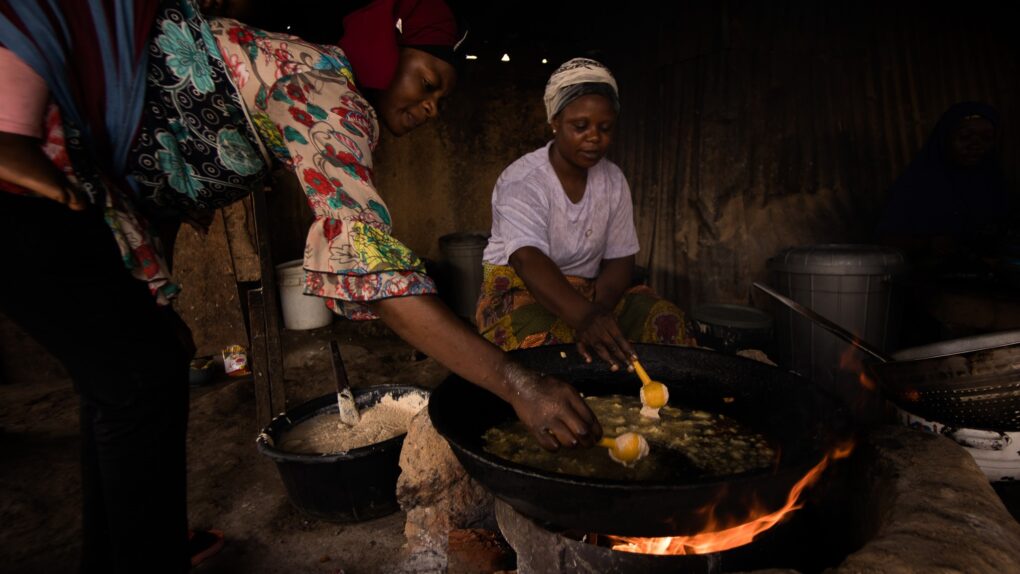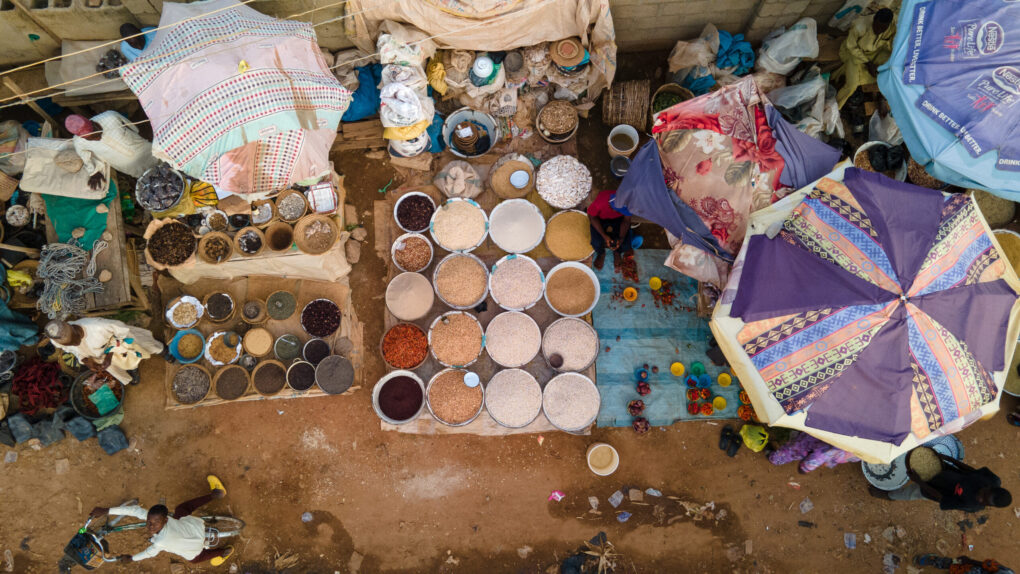Strengthening the Pulse of Africa
Rich in protein and cultural significance, cowpea is one of the world’s most important pulses, nourishing more than 200 million people in sub-Saharan Africa alone. Eaten both as a green vegetable and as a grain, cowpea offers a wide range of uses as an affordable crop important for household nutrition and food security.
Cowpea provides protein for more than 200 million people in sub-Saharan Africa, making it a vital source of nutrition for both rural and urban populations.
Source: CSIRO
It is a component in traditional dishes across West Africa where it is prized for its health benefits and low cost of production.
Cowpea is also an important weaning food for children in communities across Africa and Asia. As indicated by its name, cowpea is also used for livestock fodder, making it the ultimate utility crop for resource-poor smallholder farmers. In Africa, 65% of total cowpea production is used for food or animal feed, with the remaining 35% used for seeds, wasted, or repurposed.
Cowpea’s Hidden Promise
More than 90% of the world’s cowpea is grown in Africa.
Source: Agronomy
Cowpea is already grown by millions of smallholder farmers across Africa, where more than 90% of the world’s cowpea is grown. Major producers include Nigeria, Niger, and Burkina Faso and Ghana, which has an average yield of 1.37 MT/ha. Yet millions more could be benefitting from cowpea’s many uses and natural advantages with production advancements.
Across West Africa, actual yields are currently less than 10% their theoretical maximum of 12.29 MT per hectare, with the Maruca pod borer insect alone causing losses of up to 80%. Weevils and mycotoxin contamination can further cause an estimated 30-100% losses during storage, compounding risks for farmers who are also contending with the impacts of climate change.



